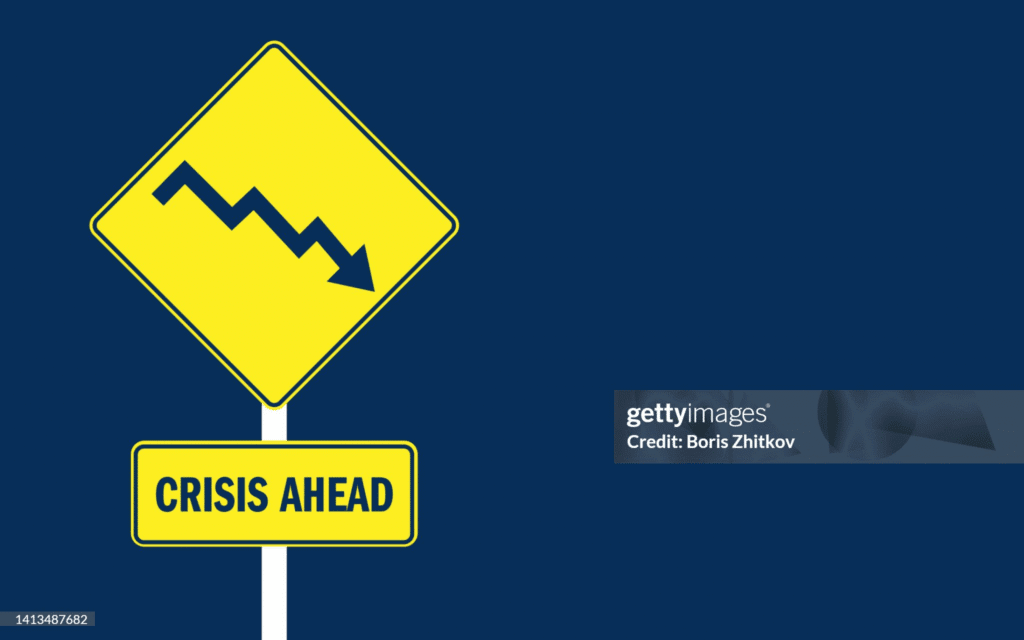Do you ever think that media affects you in a different way than it does everybody else? You’re experiencing the second-person effect. Someone experiencing the second-person effect will respond to the daily news as if everyone else was also paying the same amount of attention to it (Glasser, 2009, p. 326). This blog post will highlight the importance of understanding the concept and why it is important to understand that media shaped our behaviors.

What is the Second-Person Effect: The Psychology of Shared Influenced
The second-person effect is essentially assuming that everyone processed media in a similar way as you did (Huh et al., 2008, p. 188). It acknowledges that others were affected and so were you. It can even have an affect on social behaviors.
An article titled “Operationalizing the Second-Person Effect and Its Relationship to Behavioral Outcomes of Direct-to-Consumer Advertising” says “…since the second-person effect was grounded in judgements of mutually shared influence, it could increase the possibility of common social interests and subsequent social action” (Huh et al., 2008, p.189).
Basically, when people think that media has an impact on themselves and those around them they are more likely to share that information with their friends or act on it in a certain way that is subtle, but still shows that action has been taken.
Distinction and Overlap: Second-Person Effect vs. Third-Person Effect
Second-person effect is similar, but not the same, to third-person effect. Third-person effect is the belief that other people are more influenced than you by media. Sometimes people have the tendency to overestimate the influence that media has on other people’s thoughts and behaviors (Chung, Moon, 2016 ,p.314). The second-person effect highlights a shared experience and that we’re all in this together, whereas the third-person effect puts the influence on anyone but yourself. Despite their differences, they do both focus on the perception of media and predict behavior based on how that media is perceived. Second-person focuses on similarity and third-person focuses on differences.

The Bigger Picture of Media Influence
The perception of media and how we view the way it affects us is essential in understanding the public’s behaviors. Understanding the difference between second-person effect and third-person effect can help us predict and understand behaviors, interpretations and actions. The concept of shared influence can truly give is an insight on how media affects us. Media is more than just the message, there is a whole psyschology about perception and shared experiences that come into play. Second-person effect is an essential concept in understanding why people consume media the way that they do and there are many similar concepts that help us deepen that understanding.
Keywords:
Second-person effect, shared influence, psychology, third-person effect
References:
Chung, S., & Moon, S.-I. (2016). Is the Third-Person Effect Real? A Critical Examination of Rationales, Testing Methods, and Previous Findings of the Third-Person Effect on Censorship Attitudes. Human Communication Research, 42(2), 312–337. https://doi.org/10.1111/hcre.12078
Glasser, T. L. (2009). Journalism and the second-person effect. Journalism: Theory, Practice & Criticism, 10(3), 326–328. https://doi.org/10.1177/1464884909102592
Huh, J., DeLorme, D. E., & Reid, L. N. (2008). Operationalizing the Second-Person Effect and Its Relationship to Behavioral Outcomes of Direct-to-Consumer Advertising. American Behavioral Scientist, 52(2), 186–207. https://doi.org/10.1177/0002764208321351


















